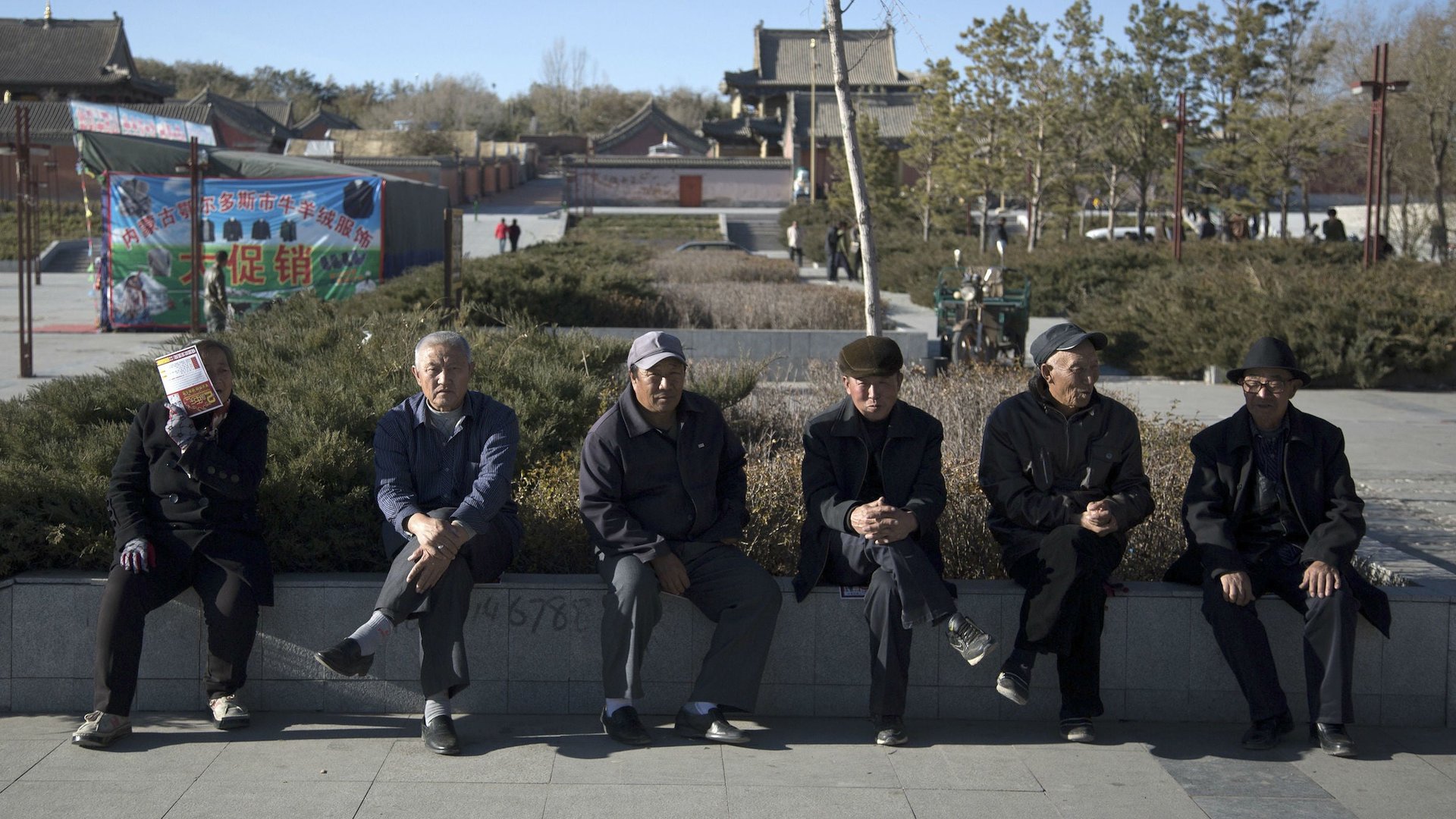Even if China reverses its one-child policy it’s too late to make a difference
Debate over whether China is about to do away with its policy limiting most families to one child is circulating again. Today, senior Chinese party officials proposed to merge the Family Planning Commission, which enforces the 30-year-old policy, with the Health Ministry, according to state media.


Debate over whether China is about to do away with its policy limiting most families to one child is circulating again. Today, senior Chinese party officials proposed to merge the Family Planning Commission, which enforces the 30-year-old policy, with the Health Ministry, according to state media.
The move, part of a larger reshuffle of government ministries, is a sign the government is not only checking the agency’s powers but starting to consider population policy in terms of how it relates to the country’s overall economy. The one-child policy was originally put in place to prevent a population explosion, but today China faces a shrinking workforce and a swelling population of pensioners that the government and younger generations can’t support. “This is a signal to an end of a policy that in reality isn’t in line with China’s other reforms,” Cheng Li, a political expert at the Brookings Institution in Washington, D.C., told the Wall Street Journal (paywall).
The policy won’t be revoked in the near future, officials emphasized today, though there are exceptions to the rule—ethnic minorities, those in rural areas, and in many provinces parents without siblings are able to have a second child. Still, even if the policy were overturned immediately, it wouldn’t be soon enough. China’s 930-million-person labor force is expected to start declining by roughly 10 million a year in 2025, and the number of elderly people, currently 230 million, should reach 360 million by 2030. As we’ve reported before, the policy has left China with a yawning gender gap in birthrates of 117.7 baby boys per 100 girls. By 2020, there will be 35 million more Chinese adult men than women, potential for all kinds of social problems.
Moreover, if the policy were lifted, it’s not likely that Chinese couples will start having more than one child. Fertility rates are already too low. In 2011, the fertility rate, the number of children a woman can expect to have, was 1.4 among women between the ages of 20 and 29, well below the needed replacement rate of 2.1.
To the country’s detriment, Chinese officials seem to be hemming and hawing about the one-child policy. In October last year, a government think tank, the China Development Research Foundation, called on the party to allow families two children by 2015. The following month, outgoing president Hu Jintao dropped the goal of maintaining “a low birth rate” from a report to the party Congress, where it is habitually mentioned. But this month at the opening of the National People’s Congress, outgoing premier Wen Jiabao said China would stick to its 2013 population goals. Proposals to suspend the policy in four or five regions have also reportedly been debated but ultimately scratched.